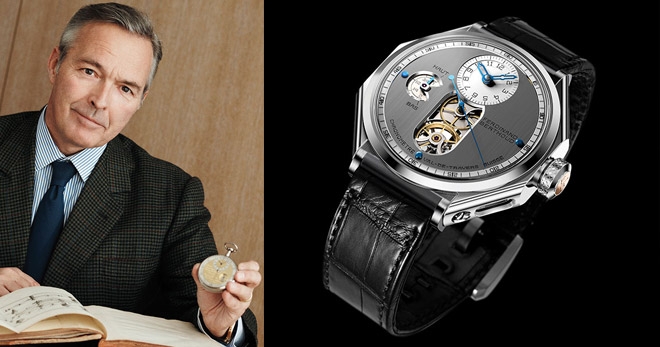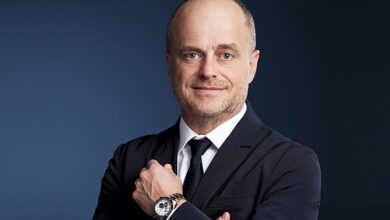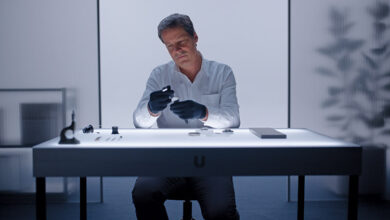Ferdinand Berthoud, inspired by passion

Karl-Friedrich Scheufele, co-president of Chopard and President of Chronométrie Ferdinand Berthoud, chats with us on the side lines of the Dubai Watch Week
Congratulations on the Ferdinand Berthoud 1 Chronometer (FB 1) being awarded the Aiguille d’Or at the GPHG 2016. How does it feel to be honoured as a new brand?
It is an old name but it is only recently that the Berthoud brand is known by people, so it is also a new brand. It feels great, especially as we are now increasing our points of sale. I didn’t expect this to happen.
Why did you launch Ferdinand Berthoud when you already have an extremely hectic schedule due to your responsibilities with Chopard and L.U.C.? What are your expectations from it?
This is my passion; I want to pay tribute to this watchmaker and also because it is a great way to showcase the capabilities of the Chopard Manufacture. I would never have started on a project like this without being sure that we were capable of doing this.
Ferdinand Berthoud allows us to excel in watchmaking techniques, finishes, as well as technology, and has taught us a lot. We have learnt that there are different ways of making a movement. So far, every L.U.C. product has an innovated part, but the design of a Berthoud movement is totally different; it is not like anything we have done before.
We took a Marine Chronometer design and made a wristwatch movement out of it. We miniaturised all the parts, redesigned them, and combined a fusée and chain with an incredible tourbillion. The entire movement was created in our Manufacture.
Why did you start a new Manufacture and name it Ferdinand Berthoud?
We have a very good clock collection that was started by my grandfather and I integrated this in our Manufacture, but Ferdinand Berthoud was a discovery for me. I discovered Berthoud’s work when I was looking for a ship chronometer for our collection and I stumbled across this piece at an auction. I then started to find out more about Berthoud.
Can you tell us about the shape of the case and the hidden tourbillon?
The case shape is inspired by ship chronometers, where there is a cylindrical inside case with a protective box around it. Similarly, in the FB1, we have a cylindrical case with very thin glass, surrounded by a protective box that screws onto the case. The marine chronometer boxes were made of wood, sometimes octagonal in shape. Berthoud had glass inserts in his marine chronometer to see if it was functioning correctly; we have the same.
Earlier, most tourbillons were hidden under the dials; it was only recently that the visible tourbillon became a popular design element. We opted for a pure, simple dial that does not show much of the movement. This mirrors the dial of one of Ferdinand Berthoud’s ship chronometer pocket watches that we have, and are exhibiting here as part of our collection.
Similar to the pocket watch, we have reproduced the ultra-thin centre seconds hand in bronze. This had to be extremely light and very stable, and is a complication in itself.
How much time does it take to make one watch? What are your plans for the future?
Currently, we are making one to one-and-a-half pieces a month. We are planning on making 50 to 70 watches a year. Once we have an additional reference, we will show variations of this, but it will take at least two years to present a new movement.




